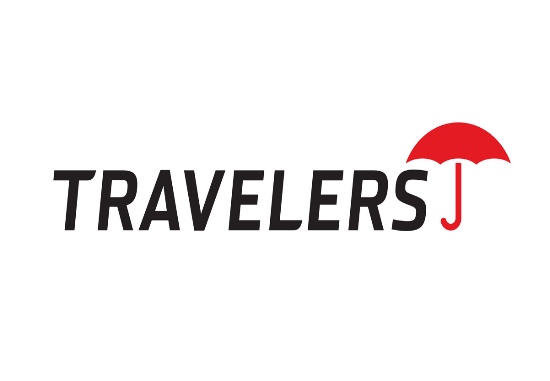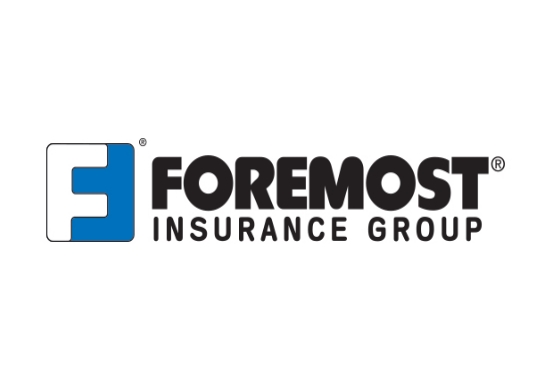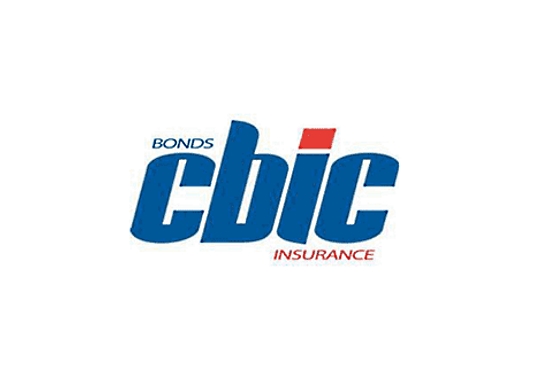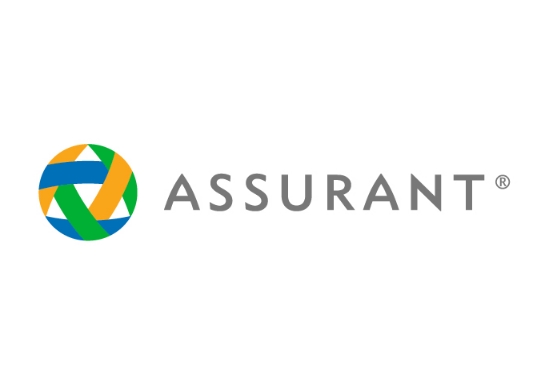How to get cheap insurance?
Finding affordable insurance is a smart goal—whether it’s for your car, home, business or health. “Cheap” doesn’t mean minimal protection; it means getting the right coverage at the lowest sustainable cost. Here’s how to secure cheaper insurance without sacrificing key protections.
🟩 Quick Definition
Cheap insurance means a policy that meets your essential coverage needs at a lower premium—achieved through smart comparisons, risk reduction, and leveraging discounts.
Strategies to Secure Affordable Insurance
1. Compare Quotes from Multiple Insurers
Get quotes from at least three insurers. Use the same coverage limits each time so you can compare apples to apples. Even small differences can add up to major savings.
2. Opt for Appropriate Coverage—not Excessive
Choose a policy that matches your actual risks. For example, if your car is older and low-value, you might drop certain coverages like collision. Avoid over-insuring for protections you don’t need.
3. Increase Your Deductible
Higher deductibles mean lower premiums. If you can afford to pay $500 or $1,000 out-of-pocket in a claim, your monthly cost may drop significantly.
4. Bundle Multiple Policies
Many insurers offer discounts when you bundle home and auto insurance—or other combinations. Bundling reduces overall cost and simplifies renewal.
5. Maintain a Clean Risk Profile
A good driving record, home security systems, no recent claims—all contribute to lower premiums. Avoid filing small claims if possible and invest in risk preventive measures.
6. Ask About Discounts
Look for all available discounts: safe-driver, multi-policy, low-mileage, loyalty, paperless billing, home alarm system, low-risk occupation. Every eligible discount helps.
7. Review Policies Annually
Insurance markets change, your risk profile changes, and new discounts may apply. Review your policies each year to ensure you’re still getting the best deal for your coverage.
FAQs
Q1. Does picking the cheapest policy mean I’m under-insured?
Not necessarily. The goal is “right coverage at the lowest cost,” not minimal coverage. Review your limit, deductible and exclusions before choosing.
Q2. Can changing insurers actually save a lot?
Yes. Even small premium differences can add up over years. Switching to a lower-cost insurer—with the same coverage—can lead to substantial cumulative savings.
Q3. Will raising my deductible always reduce premium?
Generally yes—but ensure you can afford the deductible if you must claim. It’s a trade-off between upfront cost and claim cost.
Q4. Are bundling and discounts really helpful?
Definitely. They are among the most effective ways to reduce cost. If you have multiple insurance types, bundling is a smart move.
Q5. How often should I look for cheaper options?
At least once yearly, ideally at renewal time. Also review when major life changes occur—marriage, home purchase, new job, or change in driving habits.
Final Thoughts
Getting cheap insurance doesn’t mean settling for poor coverage—it means optimizing for smart coverage and low cost. Compare quotes, tailor your limits, bundle policies, maintain a clean record and review regularly. With these steps, you can secure meaningful protection at a price that fits your budget.
Related Posts
Get a Right Insurance For You
SHARE THIS ARTICLE
We will compare quotes from trusted carriers for you and provide you with the best offer.
Protecting your future with us
Whatever your needs, give us a call, have you been told you can’t insure your risk, been turned down, or simply unhappy with your current insurance? Since 1995 we’ve been providing coverage to our customers, and helping people across United States.












